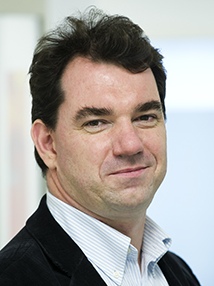BibTex format
@article{Pratt:2015:10.1007/s11548-015-1279-x,
author = {Pratt, P and Jaeger, A and Hughes-Hallett, A and Mayer, E and Vale, J and Darzi, A and Peters, T and Yang, G-Z},
doi = {10.1007/s11548-015-1279-x},
journal = {International Journal of Computer Assisted Radiology and Surgery},
pages = {1905--1913},
title = {Robust ultrasound probe tracking: initial clinical experiences during robot-assisted partial nephrectomy},
url = {http://dx.doi.org/10.1007/s11548-015-1279-x},
volume = {10},
year = {2015}
}

